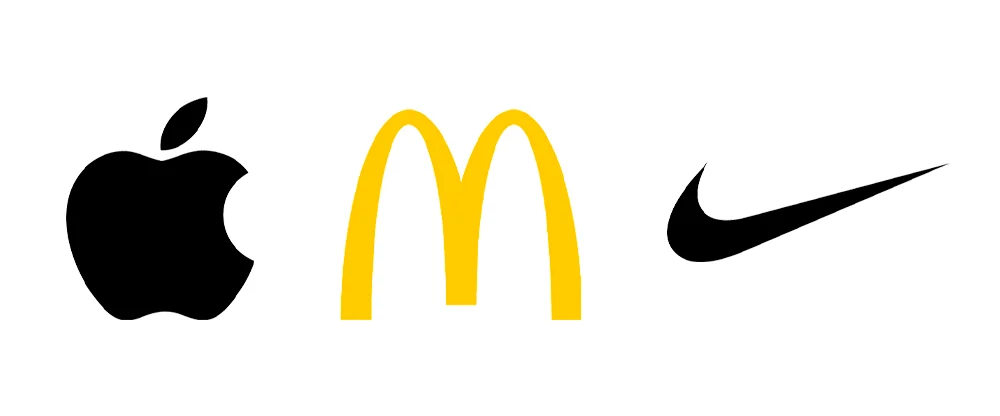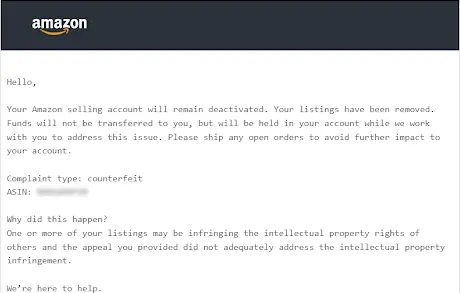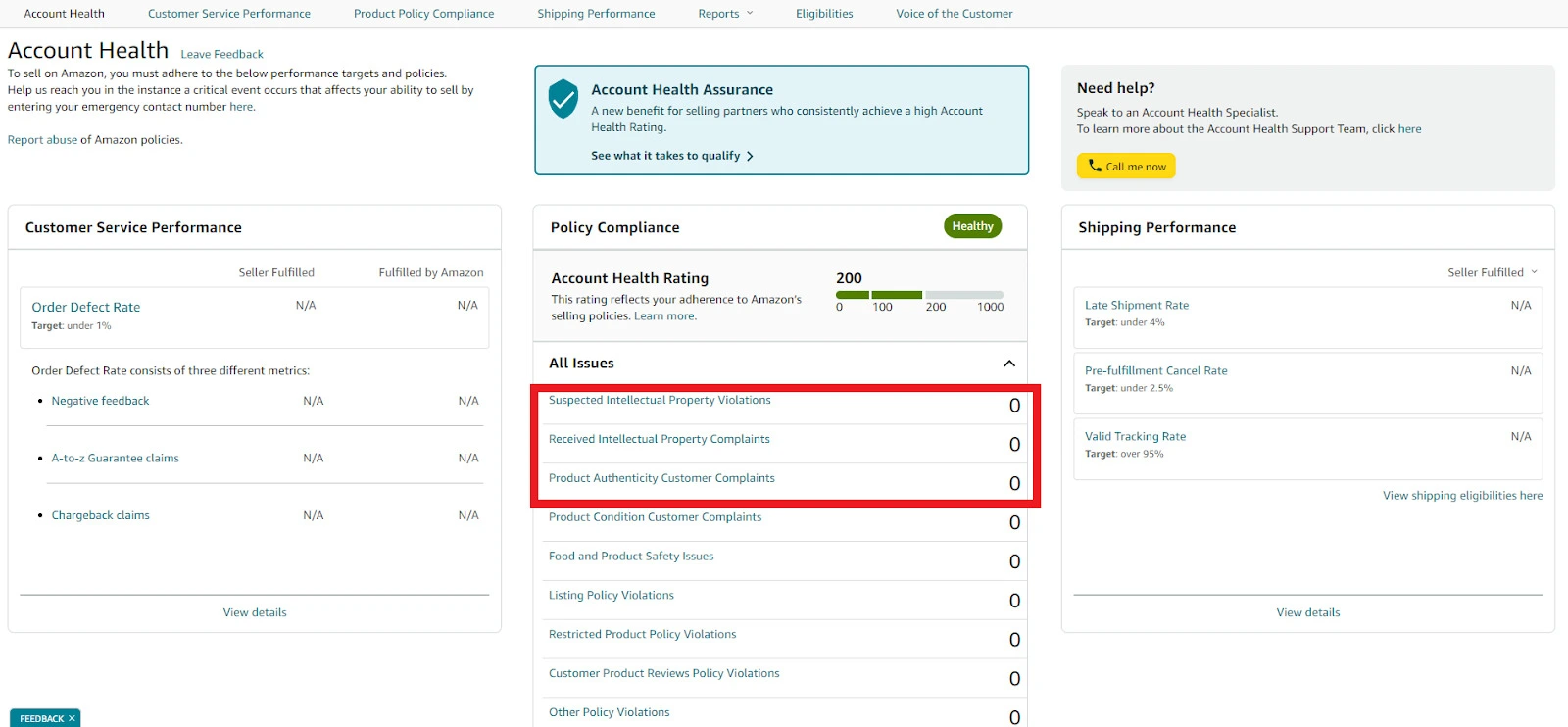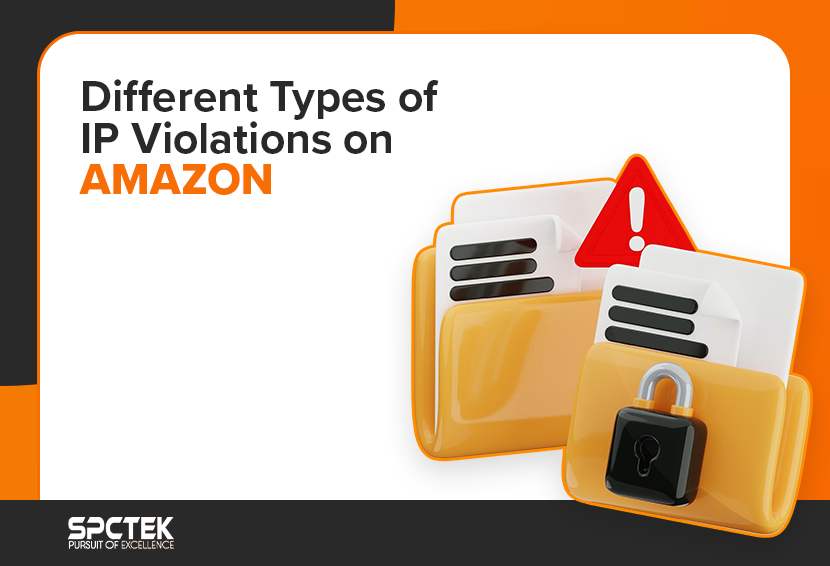As an Amazon seller, protecting your intellectual property (IP) and respecting the rights of others is crucial for maintaining a good account standing and a positive reputation. However, navigating the complexities of intellectual property violations on Amazon can be confusing. This blog post aims to demystify the different types of Amazon intellectual property violations you might encounter and guide you on how to avoid them.
What is Intellectual Property (IP)?
Intellectual property (IP) includes non-physical assets created through human creativity, like artwork, logos, and brand names. Companies actively identify and protect these assets due to their immense value in a knowledge-driven economy.
Since creating IP requires significant expertise and time and represents an organization’s unique identity, organizations protect their IPs against unauthorized use.
IP not only adds immense value to a company but can even surpass the worth of physical assets, providing a strong competitive edge. For this reason, companies place high importance on both using and protecting their intellectual property.
For instance, you can readily recognize companies like Nike, Apple, McDonald’s, etc., by just looking at their brand logos. So their logos are invaluable IP assets for these companies.

What is IP Violation on Amazon?
An IP violation on Amazon happens when a seller is accused of infringing on someone else’s intellectual property rights, such as using copyrighted content, trademarks, or patented designs without permission.
There are three main types of IP rights on Amazon:
- Trademarks: A trademark is a recognizable design, phrase, word, or symbol that identifies a specific brand or product source. For instance, the swoosh symbol belongs to Nike and the golden arches belong to McDonald’s.
- Copyrights: A copyright protects original works of authorship, including literary works, musical works, artistic works, films, and computer software. Product descriptions, images, and even unique product designs can be copyrighted.
- Patents: A patent grants the inventor exclusive rights to an invention for a specific period. This can include the functionality or the unique design of a product.
Also Read: Why Every Amazon Seller Should Audit Their Account?
Reasons for IP Violations on Amazon
There are several ways you can unknowingly commit an IP violation on Amazon. These are the most common reasons for IP violations on Amazon:
- Trademark Infringement: This occurs when you use a brand name, logo, slogan, or other protected trademark without permission from the rights holder. This can happen in your product listing title, description, keywords, or even in your product images if they feature a brand logo you don’t own.
- Copyright Infringement: Using copyrighted material without permission is another major IP violation. This includes using copyrighted product descriptions, and images, or even copying another seller’s unique product design.
- Selling Counterfeit Products: Counterfeiting involves selling a product that is an imitation of a genuine brand product. Counterfeiting is a serious offense and can lead to account suspension and legal repercussions.

- Patent Infringement: Selling a product that infringes on a valid patent is another IP violation. This can be more complex but generally involves replicating the functionality or unique design features protected by a patent.
Amazon takes IP rights violations very seriously. The platform has a system in place for rights owners to report suspected infringements. If Amazon receives a valid IP complaint against your listing, they may remove your listing, suspend your account, or even take legal action.
Also Read: The Most Common Reason for Amazon Account Suspension
Types of Intellectual Property Violations on Amazon
Here’s a breakdown of the types of Amazon’s Intellectual Property (IP) violations and the complaints sellers may encounter. You can find these intellectual property violations in your Account Health Dashboard in Seller Central.

1. Suspected Intellectual Property Violations
Amazon may flag listings if you use a brand name you don’t own to sell or describe your product, even if you don’t misuse their logo or branding directly.
For example, using phrases like “compatible with iPhone” or “better battery life than Samsung Galaxy” can trigger Amazon’s system to deactivate the listing for potential trademark issues.
So avoid using brand names in listings unless you have permission or are an authorized reseller. Stick to generic terms to describe compatibility.
2. Received Intellectual Property Complaints
These occur when a brand files an official complaint with Amazon, usually because you’re selling their product without permission, or the product source lacks verification.
For instance, selling a popular brand of sunglasses sourced from a wholesaler who isn’t authorized by the brand could result in a “counterfeit” complaint.
If faced with a complaint, reach out to the brand to request a complaint withdrawal or provide Amazon with documentation (like invoices) to prove your product source.
3. Product Authenticity Customer Complaints
Counterfeit complaints from customers can arise if the products you sell are found to be fake or faulty.
For example, sourcing products from platforms like Alibaba without verifying authenticity may result in counterfeit complaints, especially if customers receive poor-quality or imitation items.
Therefore, always verify suppliers and request authenticity documentation to prevent counterfeit issues and maintain customer trust.
How to Avoid IP Complaints on Amazon?
An Amazon IP complaint is a way for brand owners to protect their intellectual property, like trademarks or copyrights, by reporting sellers who may be selling their products without permission on Amazon. When a brand files this complaint, they aim to stop other sellers from listing products they believe infringe on their IP rights.
If Amazon reviews and accepts the complaint as valid, they may take down the listed product or even suspend the seller’s account. This helps brands control who can sell their products on Amazon and prevent unauthorized listings.
Here are some key steps you can take to avoid IP claims on Amazon:
- Do your research: Before listing a product, thoroughly research any brand names, logos, or designs associated with the product. Make sure you have the necessary permissions to use any intellectual property.
- Source from authorized distributors: If you are dropshipping or reselling branded products, ensure you are sourcing them from authorized distributors to avoid selling counterfeits.
- Create your own content: Use your own product descriptions and images. Don’t copy content from other sellers or brand websites.
- Be mindful of keywords: When choosing keywords for your products, avoid using brand names or trademarks that you don’t own.
- Stay informed: Keep yourself updated on Amazon’s IP policies and best practices. Amazon Seller Central is a valuable resource for information on this topic.
Ensuring authenticity, verifying sources, and using careful language in product listings are essential for staying compliant and avoiding these IP issues on Amazon.
Conclusion
By understanding the different types of IP violations on Amazon and taking proactive steps to avoid them, you can protect your account, and your reputation, while ensuring a smooth selling experience on the platform. Remember, respecting intellectual property rights is not only essential for following Amazon’s policies but also for building trust with your customers and fostering a fair and competitive marketplace for all.
Got More Questions?
Stay calm and address the issue promptly. Amazon will typically provide details about the alleged violation in the notification. Carefully review the information and identify the product or listing in question.
Ignoring an IP violation notification can have serious consequences. Amazon may take action such as:
- Removing your listing
- Suspending your selling privileges
- Withholding your funds
There’s no built-in tool for pre-screening listings. However, you can minimize risks by:
- Avoiding brand names, logos, or copyrighted material you don’t own.
- Using a plagiarism checker for your product descriptions.
- Sourcing from authorized distributors if reselling branded products.
Report the infringing listing to Amazon. You’ll typically need to provide proof of your brand ownership (trademark registration) to facilitate the removal of the counterfeit listing.
For complex situations or if you plan to sell a product that might touch upon trademark or patent issues, consulting with a lawyer specializing in IP is highly recommended.
Yes, the rights owner of a trademark, copyright, or patent can pursue legal action against you if they believe you have infringed on their intellectual property rights.
If you believe the claim is inaccurate, you can file an appeal with Amazon. This typically involves providing evidence to support your claim. Here are some things you can include:
- Proof of independent creation (e.g., drafts, design sketches) for your product or content.
- Documentation showing you obtained a license to use the copyrighted material (if applicable).
- Evidence that the complaining party doesn’t hold a valid copyright for the element in question.






